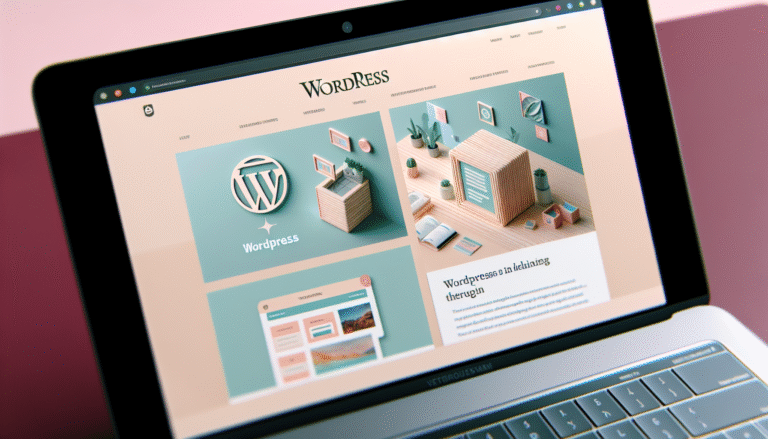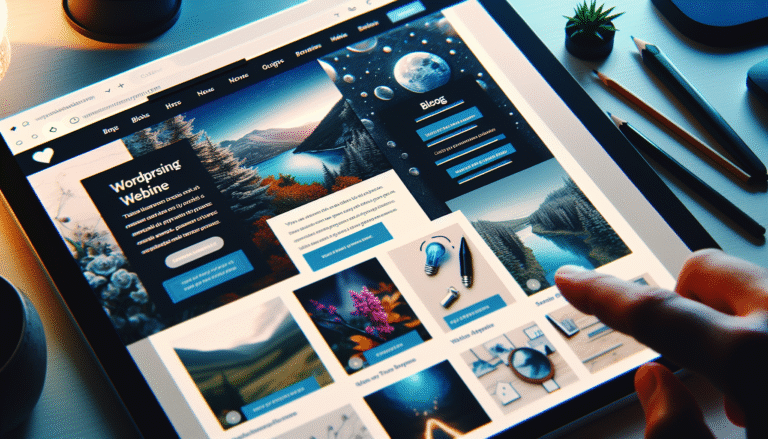
Title: 10 Clever Ways to Disguise That You Totally “Borrowed” That Design
Let’s face it—we’ve all done it. You stumble across a website so beautifully crafted, it practically begs you to save it, study it, and maybe sneak a few of its best features into your own work. One moment you’re admiring someone else’s genius, and the next you’re “borrowing” their header layout or color scheme like it’s a free sample.
But how do you make sure no one realizes your latest masterpiece is just a remix of someone else’s hard work?
Fear not, fellow creatives. Here are 10 tongue-in-cheek strategies to help you pass off that borrowed brilliance as your own original creation. Because in the world of design, it’s not stealing—it’s “creative reinterpretation.”
Let’s explore how to make your “inspirations” look intentional—and even visionary.
1. “I Was Conducting Thorough Design Research”
Ah yes, the classic “research” excuse. You weren’t aimlessly scrolling through award-winning websites—you were engaging in deep, analytical exploration of design trends. Throw around terms like “user behavior analysis” and “competitive benchmarking” while squinting thoughtfully at your screen. Bonus points if you print out a few screenshots and annotate them like a detective solving a case.
2. “I’m Just Staying on Trend”
Design trends exist for a reason. If your layout, colors, and animations happen to look exactly like a dozen other sites, that’s not copying—it’s trend awareness. Say things like, “I’m aligning with current UX patterns” or “This is what modern digital storytelling looks like.” As long as it’s trendy, it’s fair game, right?
3. “The Client Asked for This Look”
When in doubt, blame the client. If your design bears a striking resemblance to another site, just say the client had a very specific vision—and you’re simply executing it. “They wanted something clean, modern, and familiar,” you’ll say with a straight face. “This style really resonated with their brand values.”
4. “I Was Inspired, Not Imitating”
There’s a fine line between being inspired and copying—and it’s all in how you frame it. Say you were “influenced” by a design you admire, but then “infused it with your own creative direction.” Throw in a reflective quote like, “All art is derivative—it’s how we evolve the conversation.” Boom. You’re not a copycat—you’re a philosopher.
5. “I Optimized the Original Concept”
If you made even the tiniest tweak, you’ve technically made something new. Shift a few margins, change a button color, or swap out the font, and voilà—it’s a “streamlined version” of the original. If someone notices the similarities, just say, “I saw potential in the layout, but I improved the usability for our audience.”
6. “It’s Part of My Creative Process”
Creativity is messy, unpredictable, and sometimes oddly familiar. When your design looks suspiciously like that Dribbble post you bookmarked last week, just say the idea came to you “organically” during your process. Use vague, artsy phrases like “I followed where the concept took me.” The more abstract your explanation, the less likely anyone will question it.
7. “It’s Based on My Personal Experience”
This one’s bulletproof. Say your design stems from your own life—your travels, your past work, your passion for minimalism. No one can argue with a personal story. “This layout reflects the clarity I experienced while hiking in the Alps,” you might say. Suddenly, it’s not a copy; it’s a deeply personal expression.
8. “I Was in the Zone”
Sometimes, when creativity strikes, you’re just a vessel for the design gods. If your layout looks like something you saw on Behance, just say it “flowed naturally” while you were in the zone. “I don’t even remember designing it,” you’ll claim. “It just happened.” Who can argue with divine inspiration?
9. “It’s a Standard UX Pattern”
When all else fails, lean on the idea of universal usability. Navigation bars, hero images, and grid layouts are everywhere because they work. “This isn’t copying,” you’ll say. “It’s adhering to best practices in user experience.” Just don’t mention the template you downloaded last night.
10. “I Added My Own Touch”
Even if your design is 90% identical to someone else’s, that 10% you changed? That’s your signature. A new background image, a different icon set, a rearranged footer—suddenly, it’s a whole new thing. “I personalized it to better reflect the brand,” you say confidently. “Now it’s uniquely ours.”
In Conclusion
Designers are





